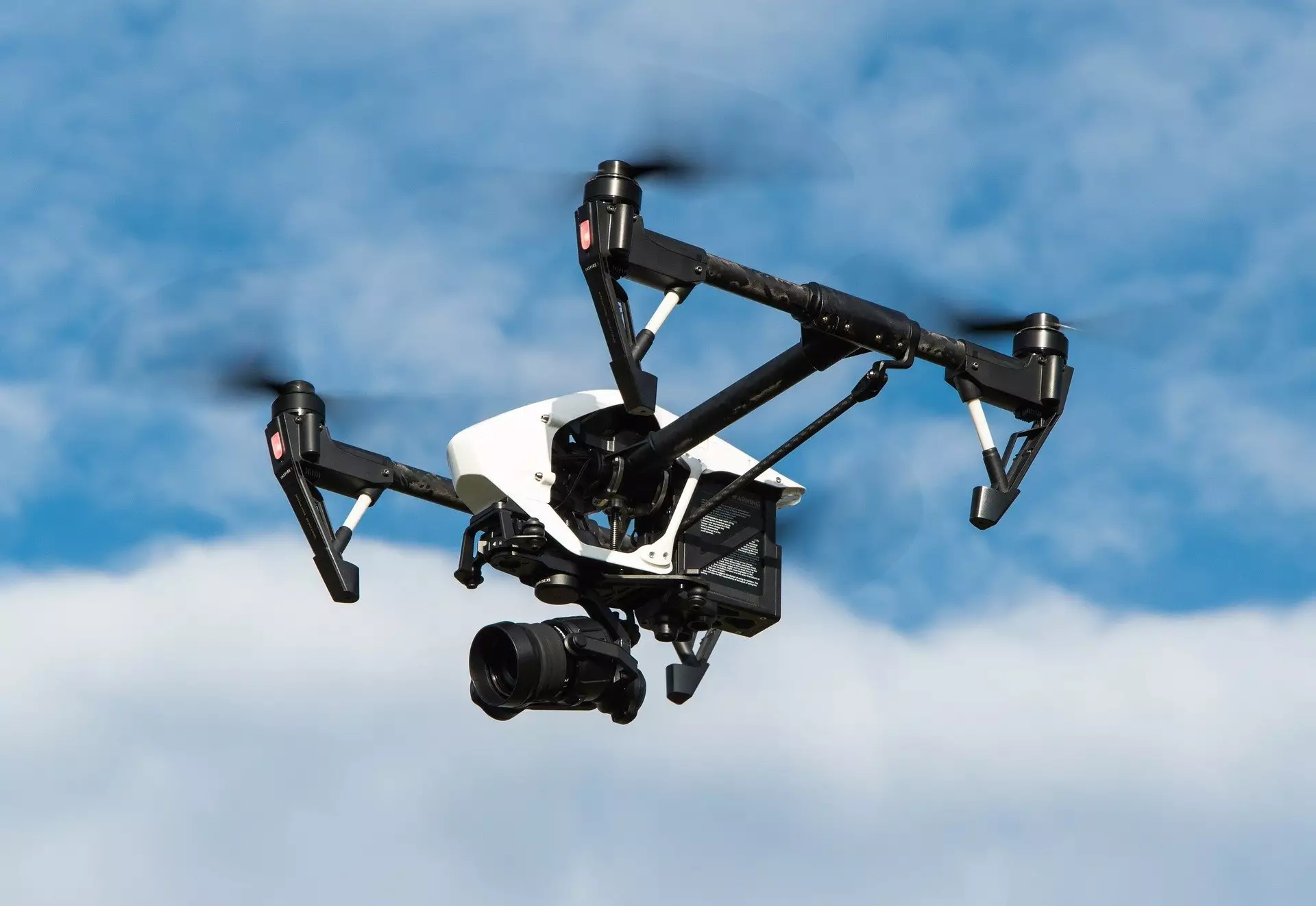The UK’s new Labor government has set ambitious targets to build 1.5 million homes within its first term in office. While planning reform and local housing targets have been identified as key strategies to achieve this goal, the role of new technologies, specifically drones, has been largely overlooked. Drones have the potential to revolutionize the construction industry in the UK by providing a safer, more cost-effective alternative to human workers for certain tasks. However, existing laws and regulations governing commercial drone deployment in the UK are fragmented, creating a complex and challenging landscape for companies looking to leverage drone technology in construction projects.
The use of drones, or unmanned aerial vehicles (UAVs), in construction can offer a wide range of benefits, from monitoring site progress to conducting safety inspections and even lifting heavy materials. This technology has the potential to reduce the risk of worker fatalities caused by falls from heights, a significant issue in the construction industry. Additionally, drones can lower costs associated with site monitoring at night, conduct safety inspections over large areas of land, and assist in maintaining energy pipelines and other infrastructure projects.
Despite these advantages, the UK’s drone policy is characterized by a patchwork of local bylaws, national legislation, and retained European Union rules. In order to operate a drone in a busy urban area, companies must navigate a complex approval process that involves registration, pilot training, insurance, and operational clearance from the Civil Aviation Authority (CAA). The regulatory burden is further compounded by legislation on privacy, data, harassment, noise, and human rights, as well as specific laws governing drones in construction such as lifting regulations and worker health and safety standards.
In light of the challenges posed by the current regulatory framework, it is crucial to establish a new national framework for commercial drone deployment in the UK. This framework should consolidate all benefits and risks under a single law, simplifying the approval process for companies looking to utilize drones in construction projects. Certain use cases, especially in regional areas, should be expedited by default, even for heavier drones. Relaxing line-of-sight requirements in hazardous areas could enhance worker safety by allowing drones to operate independently without risking human workers’ lives.
Moreover, the law must not only protect humans but also flying animals and insects, especially those at risk of extinction. The environmental impact of drone technology, including the risk of fire from carrying dangerous materials, must be carefully evaluated. The UK government should leverage national scientific expertise to produce compliance manuals, how-to guides, and other resources to expedite the approval process for drone deployment. Off-the-shelf flight paths, algorithms, and APIs should be made available to streamline operations in designated zones without cumbersome documentation processes.
Integrating drones into the UK’s construction industry has the potential to drive a new housing boom by offering cheaper, safer, and more efficient construction processes. However, realizing these benefits requires the government to embrace this technological revolution by establishing a more robust drone policy and regulation. A unified drone law for commercial use could address a range of issues, including privacy, noise, safety, human rights, and the environment in a comprehensive manner.
As artificial intelligence (AI) becomes more integrated into drone technology and decision-making processes, regulations must also account for the implications of AI autonomy. Clear guidelines on technical requirements, safety features, privacy protocols, and cybersecurity measures are essential to mitigate risks and ensure responsible drone use in the construction industry. By addressing these challenges and embracing drone technology, the UK can pave the way for future advancements and drive innovation in the construction sector.


Leave a Reply